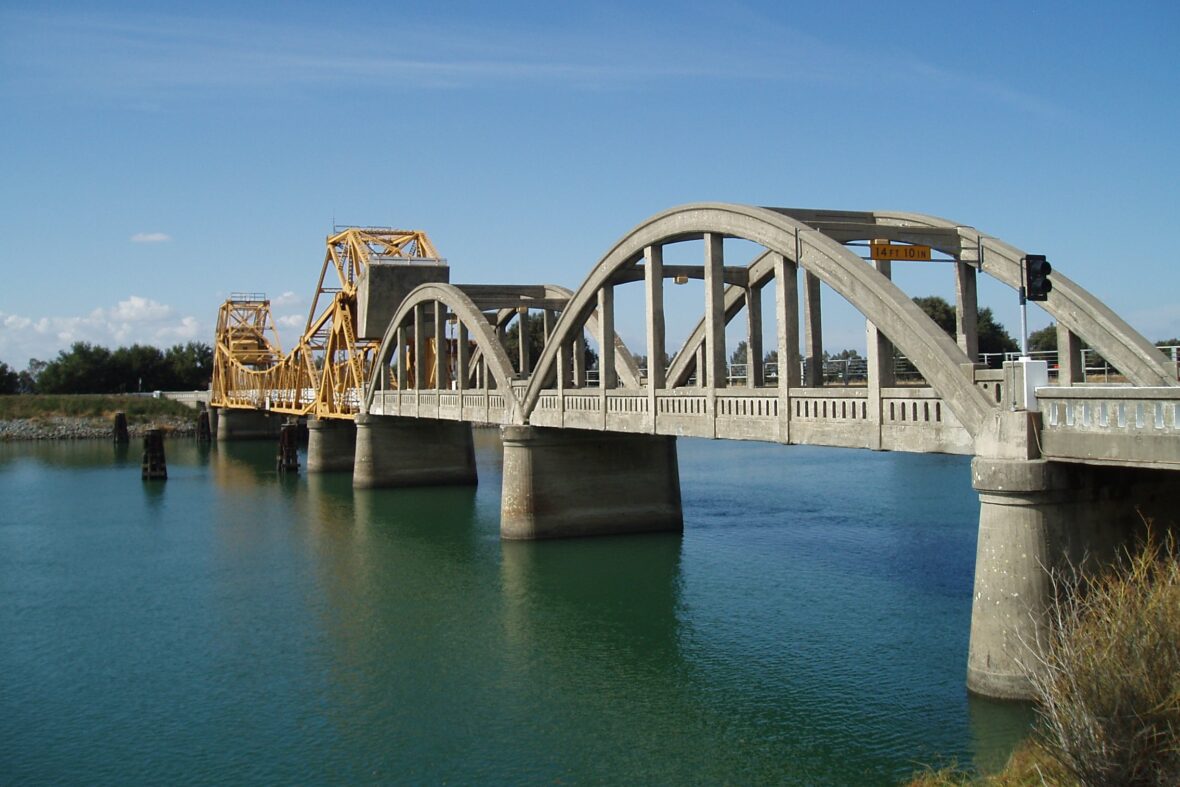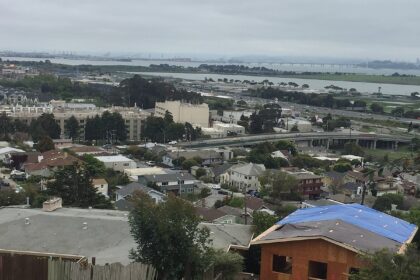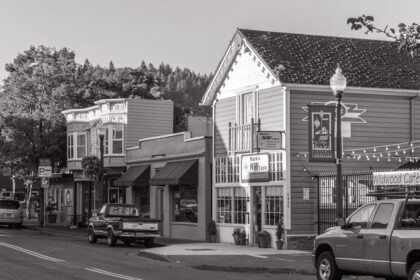Isleton is a city in Sacramento County, California, United States. Take a look below for 10 fascinating and awesome facts about Isleton, California, United States.
1. The population was 804 at the 2010 census, down from 828 at the 2000 census.
2. It is located on Andrus Island amid the slough wetlands of the Sacramento-San Joaquin River Delta, on the eastern edge of the Rio Vista Gas Field.
3. The city has many preserved 19th-century era storefronts along its main street, some of which show distinct Chinese influences.
4. Isleton is part of the Sacramento–Arden-Arcade–Roseville Metropolitan Statistical Area. California State Route 160 passes through the city and crosses the 1923 Isleton Bridge.
5. Isleton was founded 1874 by Josiah Poole. After having the town platted, he constructed a wharf on the Sacramento River, and a booming town soon followed. However, Isleton was flooded in 1878 and 1881, causing Poole financial difficulties and leading him to move out.
6. The town also flooded in 1890, 1907, and 1972. As agriculture in the surrounding area developed, three canneries opened up in Isleton and other delta towns. The cannery workforce was over 90 percent Asian.
7. The Hotel del Rio in Isleton was built in 1949. It contains one of California’s legal card rooms. This featured in the case of Novo vs. Hotel del Rio, decided 4 May 1956, reported in 141 C.A. 2nd, pg 304.
8. This case created a stir because, although gambling debts are not enforceable at law, if money is lost that falls under California’s community property laws, it may be recovered if can be shown that permission was not given by the other spouse to gamble the money. The case attracted nationwide attention, and was used by Erle Stanley Gardner in his 1959 Perry Mason crime novel “The Case of the Singing Skirt”.
9. Chinese began immigrating to Isleton around 1875, and at its peak, the Chinese section of the city had about 1,500 people and included a branch of the Bing Kong Tong. The city also had a Japantown, just east of Chinatown.
10. The Chinese and Japanese districts are in the National Register of Historic Places.




